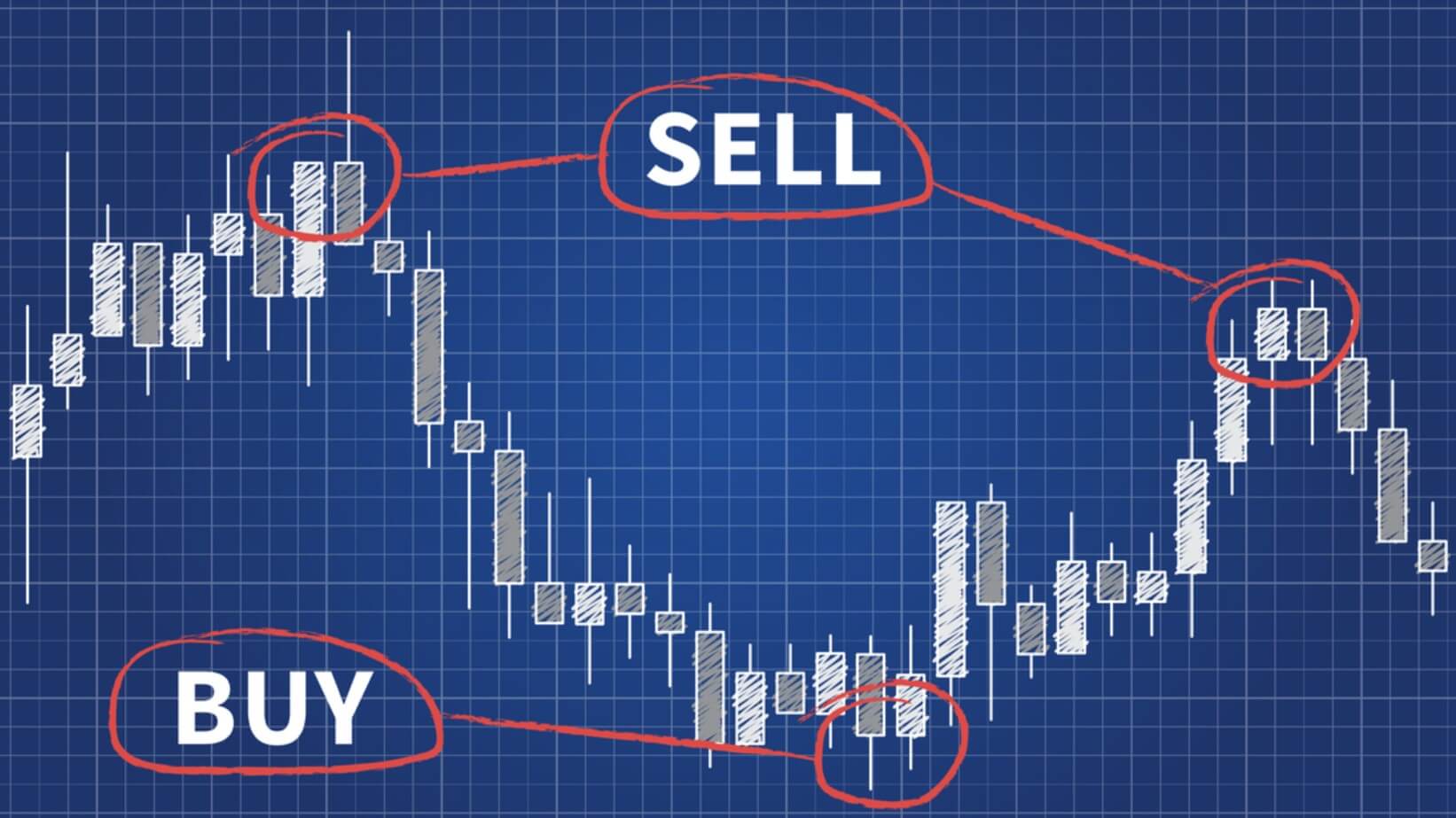The world of foreign exchange trading offers vast chances for those seeking to navigate the complex terrain of global currency exchanges. As among the biggest monetary markets in the globe, the forex market allows investors to buy and exchange currencies, taking benefit of price fluctuations to generate a profit. However, for beginners, this market can seem overwhelming with its array of terms, strategies, and trading practices. Understanding the basics of Forex is crucial for those looking to begin this exciting journey.
In this manual, we will break down the intricacies of the Forex market and provide you with a strong foundation for your trading pursuits. Whether you are interested about how the Forex market works in layman's terms, eager to learn about efficient trading strategies, or interested in mastering the mindset that drives profitable investors, we have you covered. Join us as we delve into everything from the key concepts of currency pairs to useful risk management tips, preparing you to take informed trading decisions and navigate the ever-changing currents of global currency exchanges.
Understanding the Forex Market
The Forex marketplace, or Forex marketplace, is the most extensive financial market in the world, where monetary units are exchanged on a global scale. It functions 24/7, during weekdays, allowing market participants to buy and sell monetary units in real-time through multiple trading platforms. Unlike traditional stock markets, Forex has no central exchange; rather, it functions through an digital network of financial institutions, intermediaries, and financial institutions, enabling transactions across various time zones.
One of the key characteristics of the Forex market is its liquid nature. With billions of dollars traded daily, the market allows traders to enter and exit trades rapidly, making it an attractive option for those wishing to take benefit from currency price fluctuations. The Forex market also consists of a wide range of currency pairs, categorized into main, minor, and rare pairs, each showing the relative value of one currency against another. This variety offers multiple possibilities for trading strategies and earning potential.
Comprehending how the Forex market works requires awareness of the different elements that affect currency prices, such as financial indicators, geopolitical events, and market mood. Financial news releases, like employment reports or rate of interest decisions, can cause significant volatility in currency pairs, making it crucial for market participants to stay informed. By understanding these basic principles, traders can begin to navigate the challenges of Forex and hone their trading skills.
Effective Forex Trading Approaches

Proficient Forex trading depends on robust strategies. One commonly used approach is scalping strategy, which involves making multiple short-term trades to take advantage of small price movements. Traders who scalp aim to profit from minor fluctuations in the market, often executing trades within seconds or a short duration. This strategy demands a acute sense of timing and the ability to act quickly on market signals, making it suitable for traders operating in fast-paced environments.
Another commonly adopted strategy is swing trading strategy, that focuses on capturing profits over days or weeks. Swing traders employ technical analysis to spot potential reversal points and trends within a currency pair. By keeping positions longer than short-term traders, swing traders can benefit from larger price movements while still controlling their risk. This approach often involves a combination between technical indicators and fundamental analysis, providing a in-depth view of the market.
Lastly, developing a solid trading plan is essential for sustained success. A trading plan outlines specific goals, risk tolerance, and guidelines for entering and exiting trades. Incorporating risk management strategies, such as establishing stop-loss orders and calculating risk-to-reward ratios, ensures that traders can maintain discipline and avoid reactionary decision-making. By adhering to a clearly defined trading plan, Forex traders can maneuver through the complexities of the market with more confidence and success.
Risk Management and Emotional Control
Successful Forex trading heavily relies on effective risk management. A fundamental principle of risk management involves finding the right position size for every trade. This includes evaluating your account balance and deciding the amount you’re prepared to risk on each trade. Typically, a good guideline is to risk no more than 1% to 2% of your total capital on any trade. Following this principle helps protect your account from major losses and ensures that a streak of bad trades won't derail your trading progress.
Emotional control plays a pivotal role in Forex trading, as the market can evoke strong feelings such as fear and greed. Successful traders develop strategies to manage their emotions, preventing these feelings from influencing their decisions. https://www.forexcracked.com/forex-ea/ is to adhere to a well-structured trading plan that incorporates specific entry and exit points, risk management rules, and clearly defined goals. By following a strategy and creating a disciplined routine, traders can maintain composure even during volatile market conditions.
Developing a trading journal can also significantly aid in managing both risk and emotions. By documenting trades, including decisions made and emotional states experienced, traders can identify patterns in their behavior. This self-reflection enables traders to learn from their mistakes and successes, ultimately fostering a healthier mindset and a more disciplined approach to trading. Keeping records of trades can reinforce the importance of sticking to your risk management plan and help mitigate impulsive decisions that can jeopardize your trading success.
